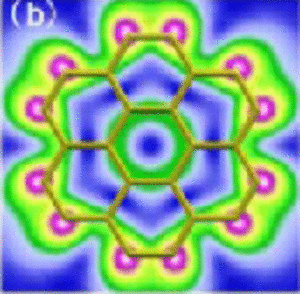Project Summary
 |
Until now, quantum dots in graphene have been fabricated exclusively by direct etching of the graphene layer. The dot-lead connections consist of etched graphene nanowires in state-of-the-art devices. Accurate tuning of the dots is difficult due to the disorder in these constrictions which may be edge-induced.
The proposal will provide a comprehensive picture of possible paths towards definition of highly tunable graphene quantum dots and coupled dots. Electrostatically confined dots in bilayer graphene will be attempted.
The advantages and disadvantages of the different approaches regarding the requirements for various quantum dot experiments will be made clear, and new results regarding spin effects in graphene dots are expected.
The ultimate goal is to demonstrate and exploit the novel scientific possibilities tunable graphene dots offer in comparison to conventional quantum dots defined in semiconductor heterostructures.
Participating Researchers:
Professor François Peeters (Project Leader)
Condensed Matter Physics, Department of Physics, University of Antwerp, Antwerpen, Belgium
Professor Guido Burkard (Principal Investigator)
Fachbereich Physik, University of Konstanz, Konstanz, Germany
Professor Klaus Ensslin (Associated Partner)
Laboratory of Solid-State Physics, Physics Department, ETH Zürich, Zürich, Switzerland
Professor Thomas Heinzel (Associated Partner)
Faculty of Mathematics and Natural Sciences, Department of Physics, University of Düsseldorf, Düsseldorf, Germany
Professor Lieven Vandersypen (Associated Partner)
Applied Sciences, Kavli Institute of Nanoscience, Delft University of Technology, Delft, Netherlands

